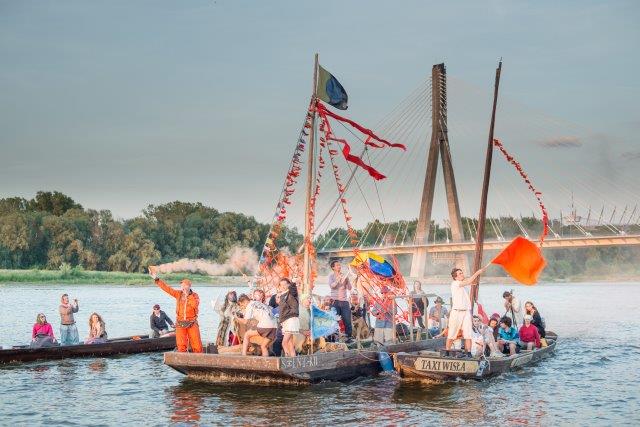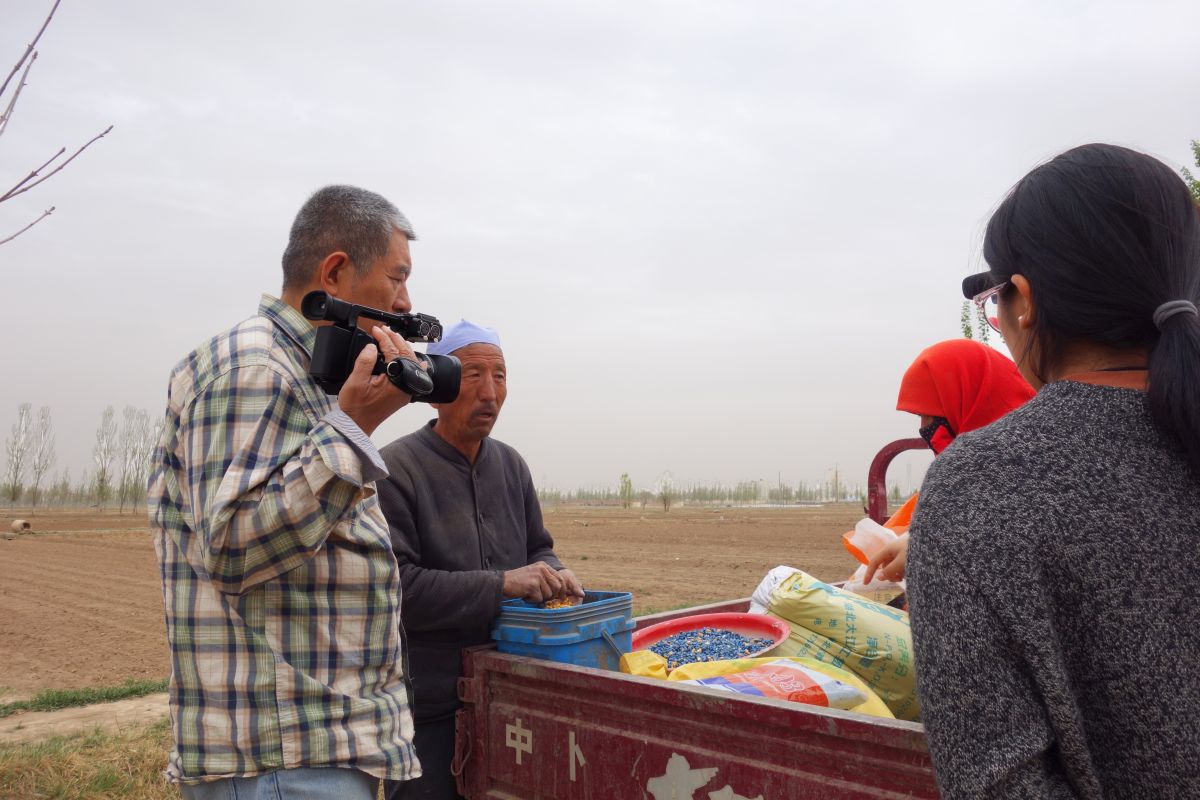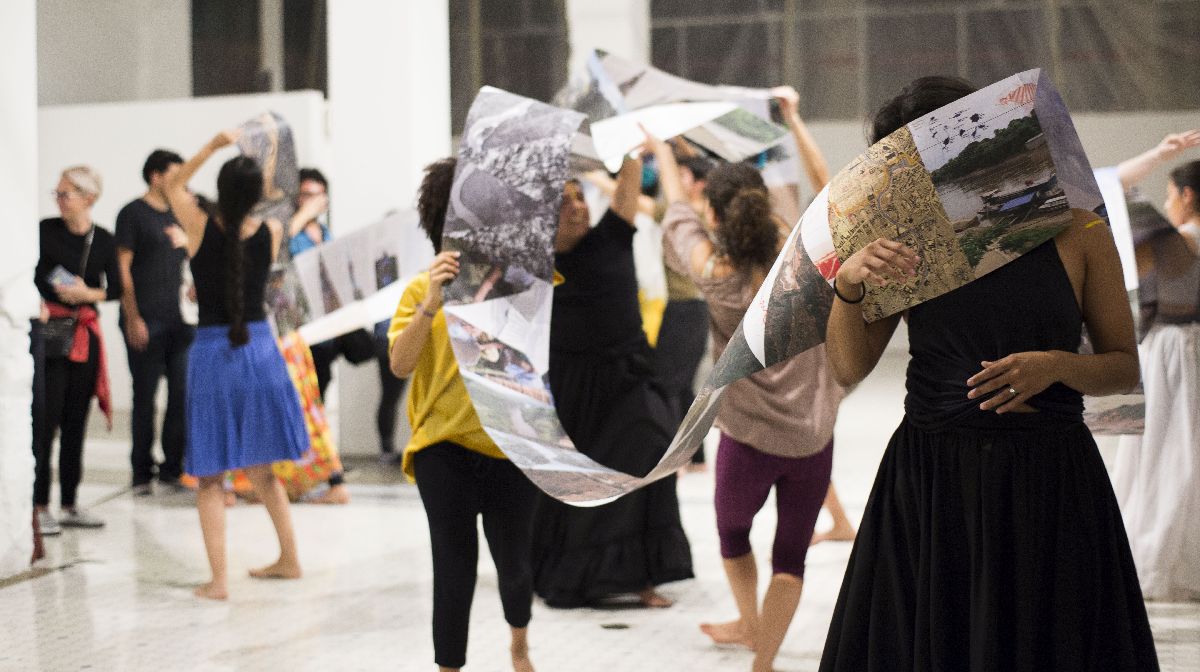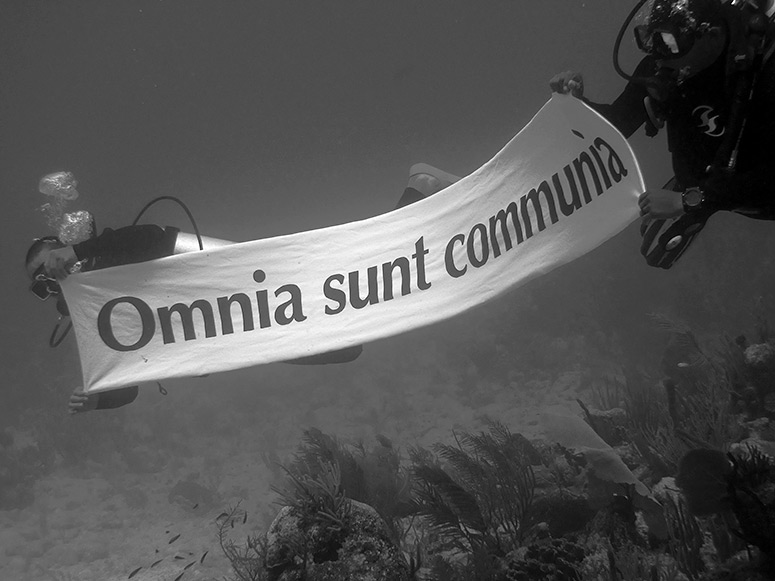Attachment To Land
What does it mean to feel attachment to a place? Is it enough to be born somewhere? To experience something important there? If you can buy a territory, does that mean you gain all the rights over it? How do these attachments change when you cultivate a land or sail on a river? Are these bonds strong enough when global politics comes into play with its post-national institutional bodies, corporations and nation-states, its instrumentalization of ethnic and religious identities? The land is not only a territory defined as a geographical term. It is also a community made up of humans, plants, animals, soil and waters that are increasingly affected by the climate and biodiversity crisis. These multiple attachments to soil, spaces, territories are at stake in the ongoing series of events entitled Attachment to Land, whose first cycle took place at the daadgalerie between December 2018 and April 2019.
In their encounters with a Berlin audience, the artists touched upon histories of various endangered places, presenting different methods of active resistance to the ‘slow violence’ that is happening all over the world. Be it the industrialization of rivers, the commodification of plants, or land dispossession, these processes can be difficult to perceive and understand as they occur gradually and out of sight – a delayed destruction, often dispersed across time and space. We invited these artists to propose creative modes of calling attention to environmental issues through collaboration with vulnerable groups and environments.
In the series Attachment to Land, we touched upon only a few issues related to artistic modes of thinking about the politics and ethics of belonging., We discussed the question of immersion in the environment and the feeling of agency resulting from embodied knowledge. We posed questions related to the cultivation of land as a foundation for other attachments. We experimented with performativity, through reading and singing stories about the strength of rivers and the richness of naturalcultural life. Ultimately, we discovered forms of resistance based on the appropriation of images and critical messaging through art.
Text: Aleksandra Jach





